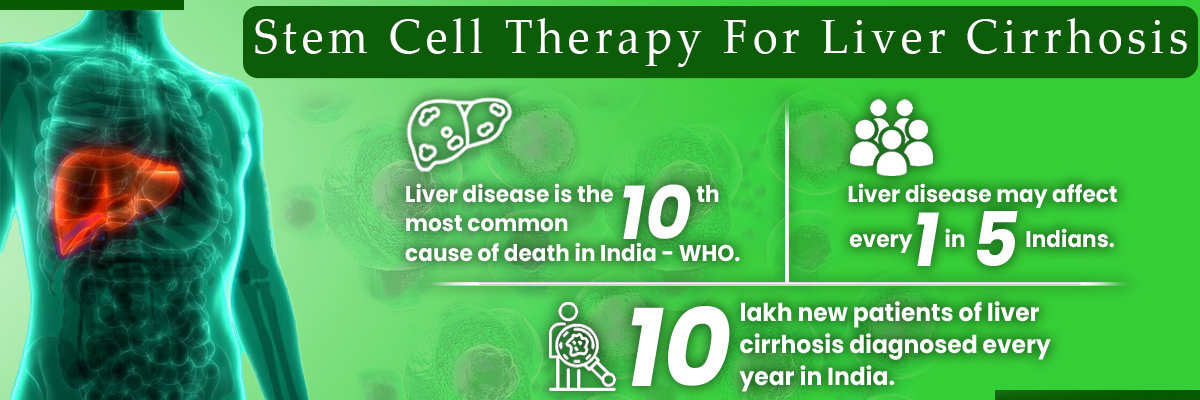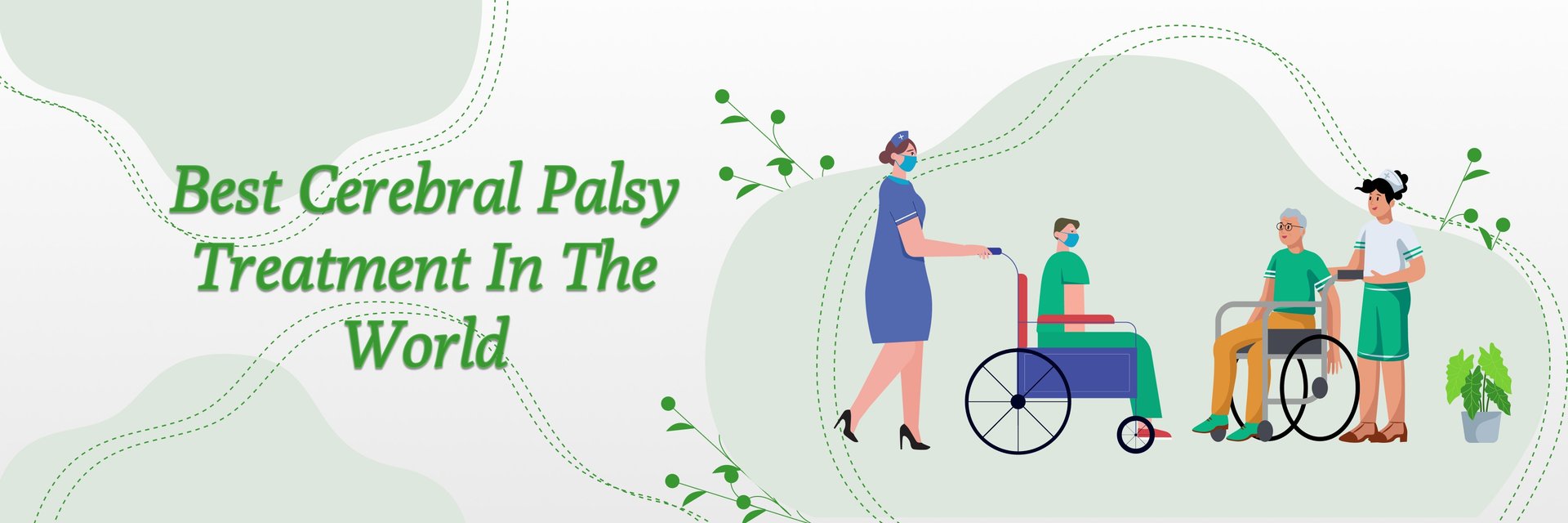Introduction
Transverse myelitis is an uncommon but life-changing neurological disorder that occurs when the spinal cord becomes inflamed and interferes with the exchange of information between the body and brain. The inflammatory disorder can cause paralysis, pain, sensory loss, and bowel or bladder dysfunction. While traditional therapies mostly focus on symptom management and suppression of inflammation, current methods like stem cell therapy are being researched as regenerative therapies. With developments in stem cells, increasingly more medical experts are examining the option of stem cell therapy to discover long-term cures. The idea is simple—regrow that which has been lost and restore function, something that traditional medicine never could accomplish for spinal cord injuries. As we delve deeper into the disease and its new treatment, we shall also discuss corresponding immune and neurological disorders like multiple sclerosis, primary immune thrombocytopenia, and brachial plexus injury that tend to overlap with their pathophysiology and treatment by stem cell-based modalities. You can connect with the best medical professional to learn more about the treatment.
What Is Transverse Myelitis?
Transverse myelitis is an inflammatory neurological condition resulting from inflammation of both sides of a single segment of the spinal cord. It is inflammation that can kill or dissolve myelin—the insulating sheath of nerve fibers—and interfere with the process of transmission of messages through the spinal cord. It is not a condition but a symptom of diseases such as infections, autoimmune diseases, or, in certain cases, unidentified stimuli. It often occurs with autoimmune disorders like multiple sclerosis, a leading multiple sclerosis.
It is classified under the general category of central nervous system disorders and is typically assessed and treated by neurology and internal medicine specialists. Although rare, transverse myelitis can happen to individuals of any age, gender, or race. It is possible to develop rapidly, and prompt treatment and diagnosis are thus critical. TM can be preceded by autoimmune precipitating factors, viral infections, or immunization in some instances, and its prognosis and response to anti-inflammatory treatment will be more challenging.

Symptoms & Causes Of The Treatment
The signs of transverse myelitis depend on the precise location of the inflammation along the spinal cord, but patients usually present a mix of severe and disturbing symptoms. Typically, patients describe severe pain in the back followed by weakness in the arms or the legs, or even both sides of the body. There are also abnormal perceptions of tingling, numbness, coldness, or burning that may radiate downward from the area of inflammation. These symptoms are usually accompanied by dysfunction of the bowel and bladder, and in severe cases, there is partial or total paralysis. This spectrum of consequences illustrates just how debilitating inflammation in the spinal cord can be, affecting almost every area of the body depending on severity and extent.
The etiology of transverse myelitis is as wide-ranging. Most common is association with multiple sclerosis, in which TM can even be the initial significant symptom. Primary immune thrombocytopenia, which is an autoimmune disorder when the immune system gets it wrong, can be associated as well. Infections—viral, bacterial, or fungal—are the other leading cause.
Autoimmune disorders such as lupus or Sjögren's syndrome tend to cause TM too, and infrequently, surgery or immunizations have caused neurological reactions leading to this condition. While rare, some studies have documented the existence of pulmonary nodules together with TM in individuals struggling with complex autoimmune profiles. In children, TM sometimes occurs in association with hyperactivity disorder, complicating immune function during critical periods of development. Every indication is that the immune system has a central, frequently uncontrolled role in the disease's pathogenesis-suggesting anti-inflammatory therapy and immune modulation are absolutely essential going forward.
Conventional Treatments For Transverse Myelitis
Historically, treatment for transverse myelitis involves reducing inflammation and symptom management. The most frequent treatments are:
- Corticosteroids – Intravenous high-dose steroids to reduce inflammation effectively.
- Plasma exchange therapy (PLEX) – Administered when steroids are not effective, which removes dangerous antibodies from the blood.
- Immunosuppressive medications – To manage autoimmune reactions.
- Physical therapy – for regaining mobility and strength
- Occupational therapy – for daily functioning and independence
Although such treatments may reduce inflammation and retard disease advancement, they do not often promise complete recovery in most cases. Patients end up leaving with residual disability or with relapses. It is for this reason that newer therapies such as stem cell therapy are being seriously considered, particularly for chronic or non-responsive disease.
Why Use Stem Cell Therapy?
Stem cell therapy is not a hope as much as science trying to catch up with complicated diseases that conventional medicine can't fully heal. Transverse myelitis is inflammation and damage to the nerve, and stem cells, particularly mesenchymal stem cells (MSCs), bring a two-in-one solution: immune modulation and regeneration. Here's why it's effective:
- Stem cells dampen inflammation through modulating the immune system, an absolute necessity for TM.
- They can also facilitate the healing of injured myelin and nerve tissue within the spinal cord.
- They are studied in convergent pathology disorders such as brachial plexus injury and multiple sclerosis.
In addition, stem cells from the umbilical cord are increasingly being sought after with their greater regenerative ability, fewer ethical issues, and lower immunogenicity. For this reason, preservation of stem cells and storage of stem cells in birth tissue is becoming a new trend, not only for the use in TM in the future but also in general fields of internal medicine and regenerative therapy. If you are considering stem cell therapy as a viable option, then book an online doctor video consultation on our platform in just minutes.

How Stem Cell Therapy Works In Transverse Myelitis
Stem cell therapy starts with the careful medical assessment, followed by the appropriate stem cells being harvested, most commonly umbilical cord, bone marrow, or fat-derived. The harvested stem cells are processed and prepared for infusion, most commonly intravenous infusion or local injection around the spinal lesion. The mechanism of action involves:
- Immune modulation – MSCs secrete anti-inflammatory cytokines that inhibit inappropriate immune response, thereby controlling inflammation.
- Neuroprotection – Preserving the current neurons and nerve fibers from further damage.
- Regeneration – Facilitating repair of injured neurons and axon remyelination.
- Angiogenesis – Enhancing the blood supply to injured tissues for optimal healing.
Although not a cure, mobility, pain, and bladder control have been enhanced in numerous studies and clinical trials. Stem cell therapy is thus a promising choice, especially when standard treatments plateau.
Benefits Of The Treatment
The therapeutic potential of stem cell therapy for transverse myelitis goes beyond mere control of symptoms:
- Decreased neuroinflammation and immune attack
- Enhanced sensory and motor function
- Shorter recovery time when combined with rehabilitation
- Decreased long-term disability
- Least disruptive, particularly using umbilical cord MSCs
In patients with comorbid diseases such as multiple sclerosis, hyperactivity disorder, or brachial plexus injury, the systemic effects of stem cell therapy can stabilize various facets of health.
Risks Associated With Stem Cell Therapy
Although it holds out promise, stem cell therapy carries danger. The patient must weigh the following against the promise:
- Mild side effects such as fever, headache, or nausea
- Risk of infection during the procedure to harvest or deliver stem cells
- Unscrupulous clinics that assure unrealistic things
- Efficacy in the long term is still under investigation in TM-specific clinical trials
Apart from that, patients must visit centers with uniform stem cell storage protocols and complete data on stem cell preservation cost and safety profiles. Never settle for clinic credibility since it directly impacts outcomes and your safety.

Cost Of The Treatment
The cost of stem cell therapy can be exceedingly diverse depending on location, cell source, and session number. Here is a general overview:
India/Mexico/UAE: $6,000 – $10,000
USA/Europe: $15,000 – $40,000+
Umbilical cord banking or private cell collection: additional $1,500 – $3,000
The cost of stem cell preservation and stem cell storage needs to be taken into account by patients who plan to have future treatments. Insurance never covers such treatments since most fall under the category of "experimental" treatments according to local medical boards, but some clinical trial procedures can be partially covered.
Recovery & Post-Treatment Care
Recovery from stem cell therapy is based on how early the therapy is initiated and how strictly the patient follows the rehabilitation protocol. Post-therapy management of a typical kind involves:
- Physical therapy for the recovery of motor strength
- Occupational therapy to restore function
- Active inflammation control to provide support for cell function
- Follow up with spinal cord imaging and neurologic examination regularly
Numerous patients have reported improvement in functioning within 3 to 6 months. Improvement is more effective with the combination of stem cell therapy and integrative protocols such as dietary modification, supplements, and psychological therapy.
Future Scope Of Treatment
The outlook for stem cell therapy in transverse myelitis is favorable. With multiple clinical trials underway and growing interest in combining genetic editing or exosome therapy with stem cell therapy, options are increasing. Sophisticated stem cell banking and preservation methods are accelerating cell therapy and making it safer.
Scientists are also investigating the prior application of stem cells during disease progression to avoid permanent damage and enable quicker recovery of the neural organization. This could in the future be used for overlapping conditions such as multiple sclerosis, primary immune thrombocytopenia, and even pulmonary nodules, where immune dysregulation is key.
Summary
Transverse myelitis is an acute neurological illness that demands innovative approaches beyond plasma and steroid therapy. Stem cell therapy, made possible by advancing Stem Cell Research, has a twofold benefit: immune suppression and regenerative spinal cord repair. Though not perfectly risk-free, its capacity for suppressing inflammation, restoring function, and providing long-term relief makes it a shining star in internal medicine and neurological fields. As technology advances and stem cell preservation becomes more affordable, patients will have greater access to this groundbreaking therapy. For now, hope is not a slogan—hope is science with a plan.
References
https://pmc.ncbi.nlm.nih.gov/articles/PMC12151567/
https://pubmed.ncbi.nlm.nih.gov/40502938/
https://utswmed.org/medblog/spinal-cord-injury-treatment-rehabilitation/
https://utswmed.org/medblog/spinal-cord-injury-treatment-rehabilitation/







